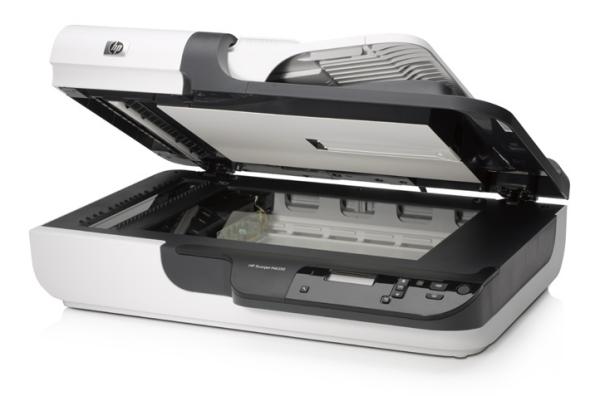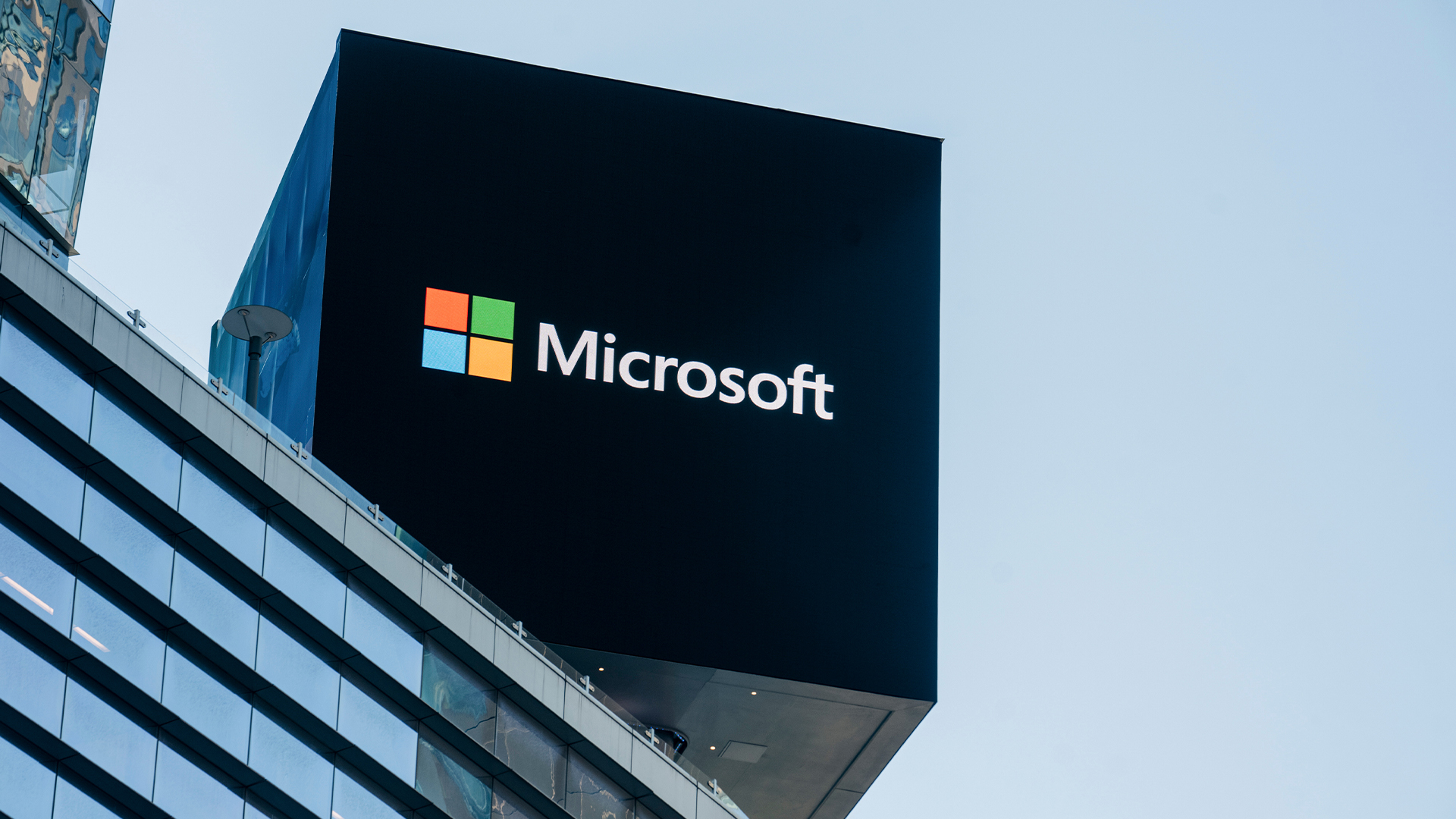HP ScanJet N6310 review
If your scanning needs sometimes includes slide conversion, this scanner has the features, but is it a fast enough all rounder?

A business scanner with some pretentions to the graphics market, at least when it comes to resolution and transparency scanning. Scanning is easy, thanks to HP’s utilities, and scan quality is up to the company’s usual high standards. Speeds are variable, though and if you have a lot of slides to convert, a dedicated device will suit you better.
To test the scanner, we started by scanning a 10-page single-sided text document from the ADF at 300ppi into the ReadIRIS OCR, which took just 29 seconds to scan though longer for the OCR to do its work. A 10-side duplex scan took three minutes to complete, even though it was being scanned to PDF without character recognition. Each page makes three passes through the scanner, but this does mean the scanned document remains collated.
We then scanned a 15 x 10cm photographic print at 600dpi, which took just over half a minute and finally a 35mm transparency at 2,400ppi, the maximum resolution of the scanner. This resolution is needed if you, for example, want to enlarge a 35mm transparency to a 300dpi, 10 x 8in (roughly A4) print. This would require image dimensions of 3,000 by 2,400 pixels.
When scanning high resolution, the ScanJet N6310 doesn't excel on speed. It took 5:20 to make the transparency scan, quite a bit longer than the average dedicated slide scanner, so if you have a lot of transparencies to scan, a slide scanner would be a better option.
As for the quality of the scans the machine produced, text scans were adequate for both PDF creation and OCR and the colour image scans we produced at low and high resolutions showed good colour reproduction of business graphics and photo images. The scanner is well equipped to be used for small-scale archival work, using either compressed page images or recognising the text and storing it in the form of a searchable PDF.
HP is trying to widen the scope of business scanners with the ScanJet N6310, to deal with changing requirements, particularly increased emphasis on photo scanning. It has managed this pretty well and with the quality and speed of the scans we produced, this scanner is well worthy of consideration. It's not a production scanner, though, and you should think in the 100-300 pages per day range as a target.
Verdict
A business scanner with some pretentions to the graphics market, at least when it comes to resolution and transparency scanning. Scanning is easy, thanks to HP’s utilities, and scan quality is up to the company’s usual high standards. Speeds are variable, though and if you have a lot of slides to convert, a dedicated device will suit you better.
2,400dpi, 15ppm, duplex A4 scanner 24-bit colour, 256 greyscale 50 sheet (75gsm) auto-document feeder Multiple-feed protection Built-in transparency detector Nuance PaperPort, Readiris Pro 11 OCR, scan to PDF, JPG, TIF
Get the ITPro daily newsletter
Sign up today and you will receive a free copy of our Future Focus 2025 report - the leading guidance on AI, cybersecurity and other IT challenges as per 700+ senior executives
-
 Microsoft says workers should believe the hype with AI tools: Researchers found Copilot users saved three hours per week sifting through emails, gained more focus time, and completed collaborative tasks 20% faster
Microsoft says workers should believe the hype with AI tools: Researchers found Copilot users saved three hours per week sifting through emails, gained more focus time, and completed collaborative tasks 20% fasterNews Using AI tools paid dividends for some workers, but alternative research shows it could create problems for others down the line.
By Ross Kelly Published
-
 ‘TPUs just work’: Why Google Cloud is betting big on its custom chips
‘TPUs just work’: Why Google Cloud is betting big on its custom chipsNews As AI inference skyrockets, Google Cloud wants customers to choose it as the go-to partner to meet demand
By Rory Bathgate Published
-
 Microsoft just hit a major milestone in its ‘zero waste’ strategy
Microsoft just hit a major milestone in its ‘zero waste’ strategyNews Microsoft says it's outstripping its zero waste targets, recording a 90.9% reuse and recycling rate for servers and components in 2024.
By Emma Woollacott Published